Kenya Highlands
I’ve just descended Mount Kenya with Eve, my 13-year-old daughter, and her class of school leavers from Pembroke House. Afterwards our guide Steve, an ex-Grenadier guardsman, emailed me to say Pembroke kids were his favourites on these mountain expeditions. ‘How could one not enjoy the company of such a crowd of gregarious misfits,’ he wrote.
On the scree in the freezing pre-dawn darkness a few hundred feet from Point Lenana, Eve’s altitude sickness kicked in so severely we had to return to the last camp, at Shipton’s, where she recovered and walked for another two days. But 30 out of 34 kids in her year reached the summit, puking and laughing all the way. It was a great rite of passage for all of them. Mount Kenya is a tough challenge. One father was coughing up blood on the way down. Steve told me sometimes only 65 per cent of British soldiers make Point Lenana, mainly because of altitude sickness.
It was five days up and down in a 190-strong expedition of children, parents, guides and porters. On the first day we rose out of juniper forest full of colobus monkeys and turaco birds and camped at Old Moses on the edge of the moorland. Next we trekked through giant heather until we found ourselves among eerie forests of giant lobelias. Somewhere near our second camp was the site of ‘Icy Mike’, an elephant that had once been encased entirely in a glacier which in recent times has melted, and with it the ancient pachyderm, whose tusks also mysteriously vanished.
Red-winged starlings flew around camp, and even at 13,500 feet I heard an eagle owl calling at the dead of night. Herds of eland grazed the moors and right beneath Batian, the highest peak, are caves where elephant trek up to mine for salt. In the thin air our children chased after voles, which gave them thumping headaches and nausea. We bathed in freezing streams — going right in so that one’s body glowed for hours afterwards. The fathers had whisky in flasks, but we couldn’t really drink more than a gulp each day before passing out in our thermals and balaclavas inside extra-thick sleeping kit. Everybody chewed sticks of biltong. Fathers talked about farming. One kid was an expert at finding snakes, skinks and chameleons.
None of us, used to tropical weather, was prepared for the cold. Very few among the children had ever seen or held snow. By morning the tents were stiff with frost, slabs of ice lay about and we gazed up at Mount Kenya’s shrinking glaciers. Above us were several jagged peaks shaped like Gothic cathedrals, each a different colour, ranging from blue to blood-red. The rocks around us looked like porphyry, which I recognised from the smooth pebbles we find in the rivers near home more than 100 miles away downstream.
Steve’s description ‘gregarious misfits’ wonderfully sums up our tough Pembroke children, who climbed a hill four times higher than anywhere in Britain. They’re raised to be relentless individuals who play in a team. These are spartan kids with the motto Fortuna favet fortibus — Fortune favours the brave — and a coat of arms that sports the martlet, a heraldic bird that is always on the wing. Parents from rival schools have told me their boys and girls, many of them much bigger from city diets, are often apprehensive on the pitch when they sight our offspring, so stringy from outdoor activity that they routinely lose weight during term.
In between Latin and hockey Eve has had a school life of penknives, unfenced ponds, snakes, a forest to camp in and a school song with the words ‘Oh Africa, I take my stand in thee…’ On the Pembroke registrar’s office wall is a photo of a hippopotamus that once wandered into the school. A lion has been sighted on the golf course. There are guinea fowl and a pet sheep called Charlotte (which leaves a trail of droppings in the staff room). Past generations of pupils built the school chapel from mud and plaster themselves, using broken bottles to make the stained-glass windows.
And after we walked five days together around that mountain, Eve began preparing to leave us for her next challenge, to fly away to school in England. She won’t forget Mount Kenya, which perhaps we will one day have another crack at when she’s older. Meanwhile I am going straight into training for next year’s climb with my boy Rider, another Pembroke scallywag. The parents agreed that our expedition will need to remember the ‘five Ts’: Tabasco sauce for the rather bland but heroically prepared food; a trowel for digging holes, because the camp loos are disgusting after 190 people have used them; your own tent, because sleeping with four other snoring fathers is not pleasant; travel sickness pills or anything that will help with the heart thumping, headaches, nausea and loss of vision from altitude sickness — and a Thermos for hot toddies, even if for once you can’t drink them.
Got something to add? Join the discussion and comment below.
Get 10 issues for just $10
Subscribe to The Spectator Australia today for the next 10 magazine issues, plus full online access, for just $10.


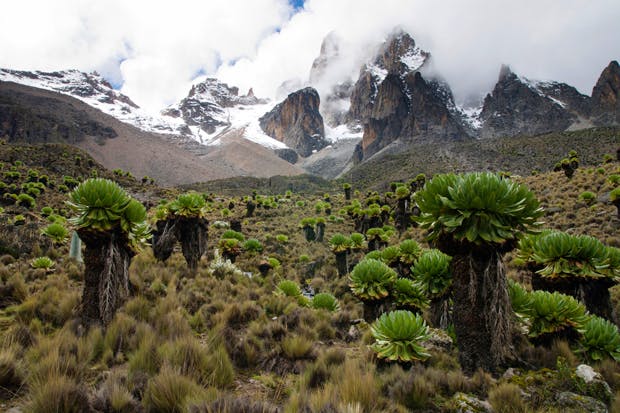
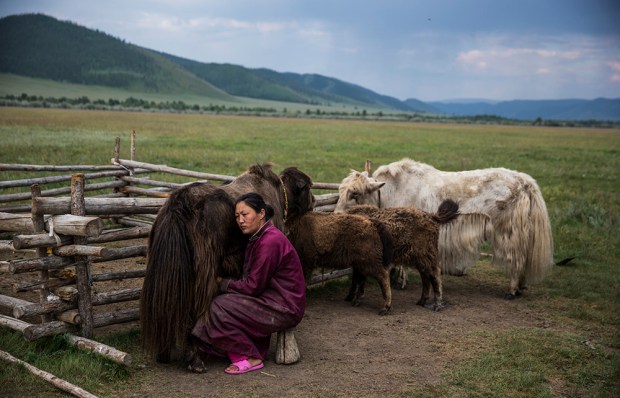
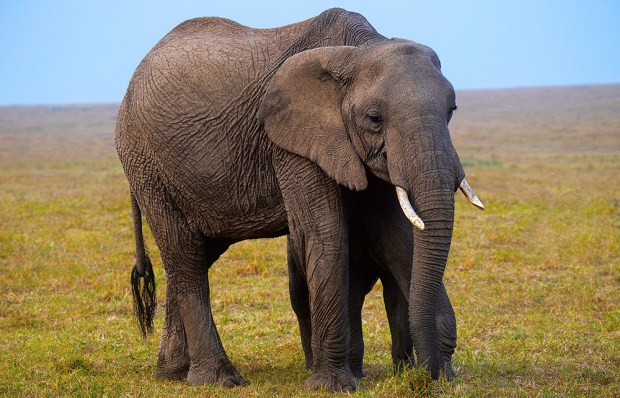
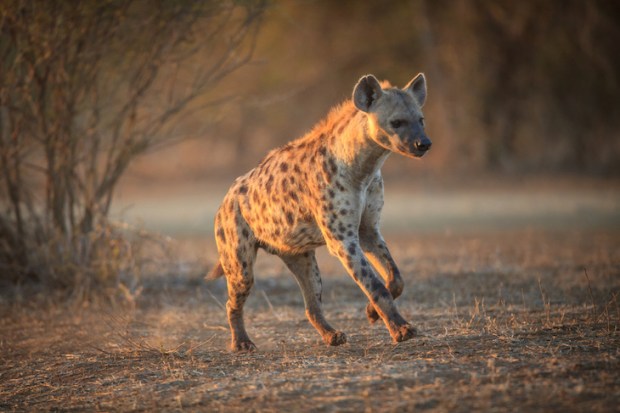
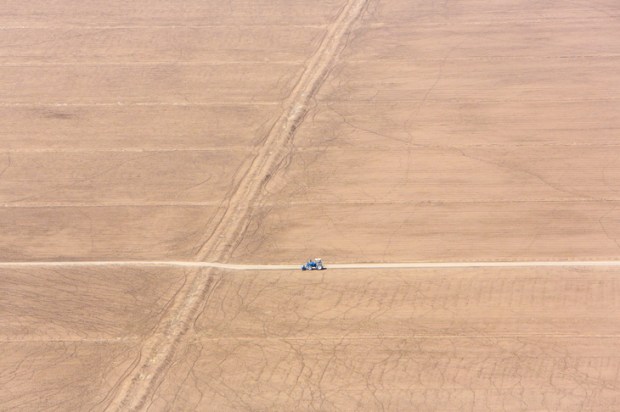
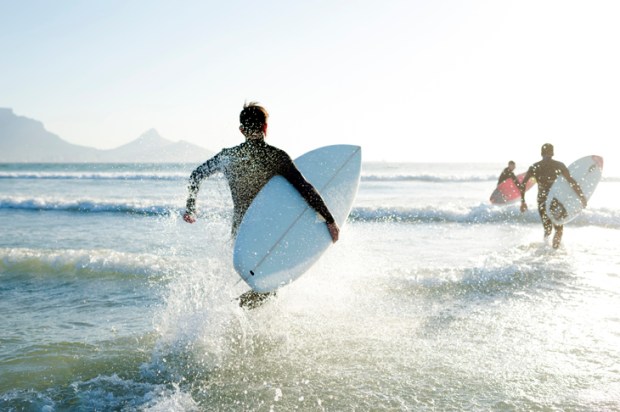
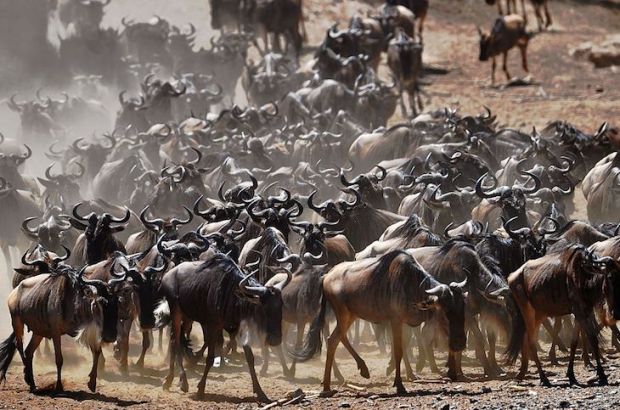






Comments
Don't miss out
Join the conversation with other Spectator Australia readers. Subscribe to leave a comment.
SUBSCRIBEAlready a subscriber? Log in